“I never painted dreams… I painted my reality.”1
-Frida Kahlo
In 1925, Frida Kahlo, who was eighteen years old at the time, experienced a life-changing event. While riding a bus home from school, the vehicle was crushed by a runaway trolley car, causing Frida to be impaled by a handrail. By 1927, Kahlo had mostly recovered from her injuries, subsequently she engaged with a group of revolutionaries, artists, and intellectuals, including the renowned Diego Rivera. She was determined to win his attention, so she presented him with three of her paintings, asking for his comments. 2
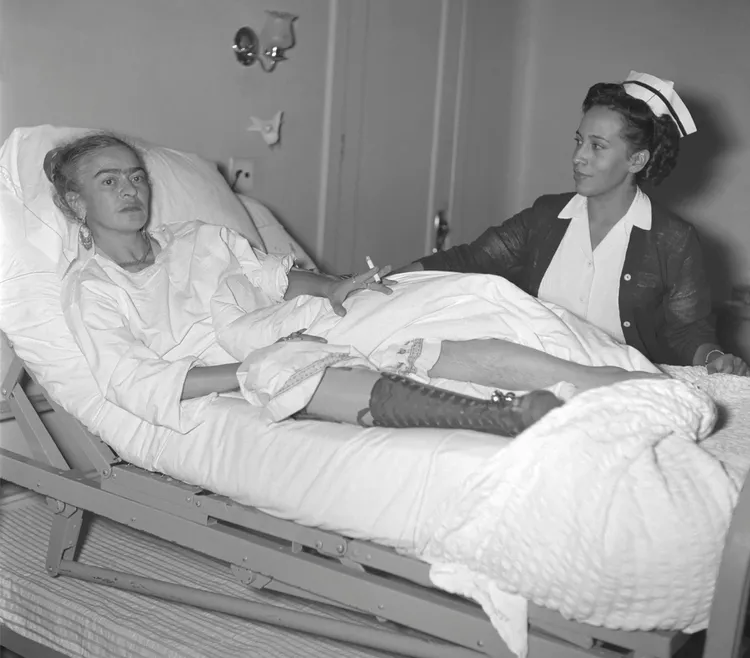
Kahlo later explained that she had experienced two great accidents in her life: one was the terrible bus collision, and the other was Diego Rivera. The marriage between Kahlo and Mexican muralist Rivera was a source of immense fascination and speculation. It was characterized by passion, turmoil, and intensity. Kahlo, who was married to Rivera in 1929, was deeply involved with the most renowned modernist in the Americas at that time. Initially recognized as Rivera’s unusual, vibrant, and eccentric spouse, Kahlo progressively earned greater acknowledgment in her own right.3
Frida Kahlo desired to create art and become a serious artist after her accident regardless of her challenges. During her recovery from her terrible bus accident, Kahlo focused her attention on anything related to art. Despite her only artistic experience, she had been assisting her father to touch up photographs in his studio where she demonstrated natural drawing skills.4 Within just twelve months of the accident, she created her first significant artwork, a self-portrait. Out of her collection of 143 paintings, 55 are self-portraits that blend personal symbolism with detailed anatomical references. Kahlo gained recognition mainly for her numerous portraits and self-portraits, channeling her personal physical and emotional experiences into her art. Her work frequently depicted symbolic representations of her physical and psychological scars. Additionally, she drew inspiration from Mexico’s natural beauty, artifacts, and political landscape. Kahlo’s art consistently addressed social and cultural themes intermixed with her ethnicity and disability.5 She also drew inspiration from elements of indigenous Mexican culture, which she depicted using vivid colors and a blend of realism and symbolism.6
As Kahlo re-evaluated her professional and personal aspirations, she became more involved in political activities. A year after she painted her first portrait, she joined the Young Communist League. Rivera immortalized Kahlo’s dedication to progressive politics. Rivera supported Kahlo’s artistic independence unconditionally. He provided practical guidance about her career without being patronizing or demeaning, advising her on matters such as securing portrait commissions, selecting guests for her exhibitions, and managing relationships with galleries. Her attachment to Rivera moved beyond the mundane. Their most enduring connection, their deepest understanding, and their most thorough communication seemed to occur on an artistic level. Rivera had an immense respect for Kahlo’s opinions. He stated outright that she was a better painter. He also may have envied Kahlo’s ability to express emotion in art. Kahlo saw Rivera as a champion of Mexicanidad, and she revered him as the embodiment of the spirit of the Revolution.7
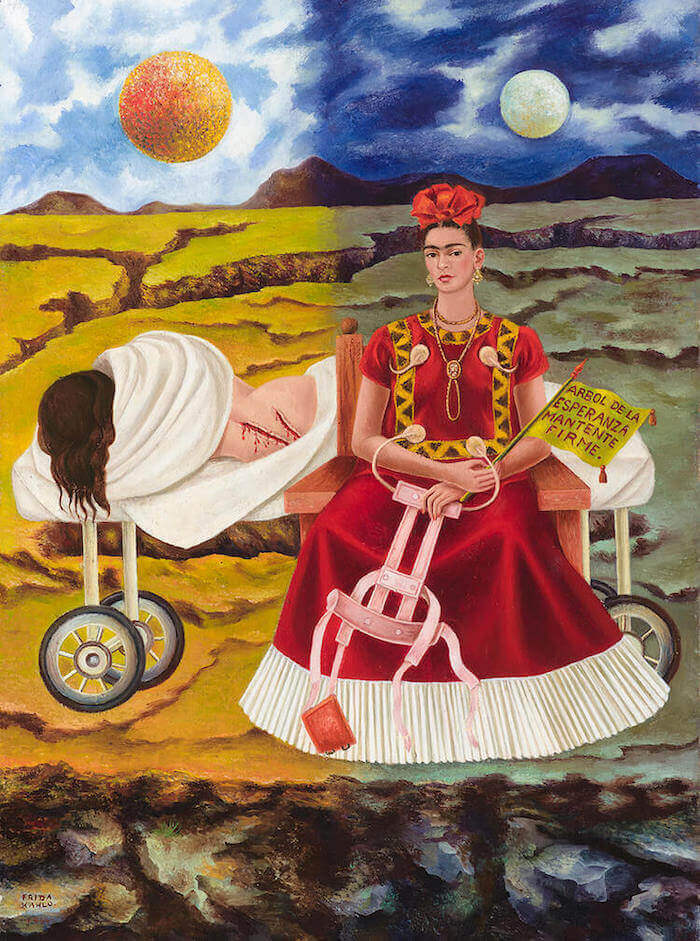
Kahlo’s generation marked the beginning of a notable increase in female representation within the visual arts.8 Her initial artworks are characterized by a simplicity and primitive style, likely employed to conceal her absence of formal education in art. However, her vibrant color choices and Mexican landscapes set her apart from peers influenced by European styles.9 The relationship between Kahlo’s political engagement and her artistic output reflects her evolving maturity as an artist. Her most fruitful phase occurred in 1937, signaling the start of substantial public acknowledgment.10
In September of the same year, Kahlo was featured in a collective exhibition at the Galeria de Arte, which was affiliated with the Department of Social Action at the National Autonomous University of Mexico. The four works she showed came to the attention of the young New York art dealer Julien Levy, and in early 1938, he wrote to Kahlo asking her to show thirty of her works in his gallery in October of that year. It is evident from letters that Julien Levy must be acknowledged as the first person in an influential position to bring her to international attention by discerning the significance of Kahlo’s work. His perspicacity led him to offer her a one-person exhibition in New York at the Levy Gallery.11. Due to the international exposure of her work in 1938 and 1939, Kahlo’s painting career and her position as a professional artist became firmly established. Throughout the 1940s, Kahlo received recognition through honors, awards, public and private commissions, and participation in numerous exhibitions. She showcased her art in more than thirty exhibitions across Mexico, the United States, Sweden, France, England, and Peru. She was chosen as one of the founding members of the Seminario de Cultura Mexicana, a collective of twenty-five artists and intellectuals dedicated to promoting Mexican culture through lectures, exhibitions, and articles. Kahlo was one of the six artists awarded the prestigious National Prize of Arts and Science. Outside Mexico her reputation grew, and she was included in exhibitions of Mexican art in New York, Philadelphia, Boston, San Fransisco, London, Paris, and Stockholm.12
Frida Kahlo’s artistic repertoire demonstrates a profound comprehension of death, encompassing both philosophical reflections on human mortality and personal experiences. In addition to a broader philosophical awareness, Kahlo was intricately involved in the uniquely Mexican contemplation of death’s omnipresence. She delved into a rich tapestry of popular customs, folk art, and poignant cultural traditions, immersing herself deeply in these facets of Mexican culture.13 Letters and recollections reveal that Kahlo meticulously crafted her public image, presenting herself in a way that concealed her true emotions. In nearly every self-portrait, viewers encounter Kahlo’s stoic visage, framed by symbols that hint at emotions and passions she rarely revealed directly. Kahlo’s self-portraits are remarkable for their ability to bring to light experiences and emotions that were rarely, if ever, depicted or accepted as valid artistic subjects. They merge her public persona with her inner emotional world, challenging the conventional division between mind and body as an insufficient, possibly outdated, idea.14
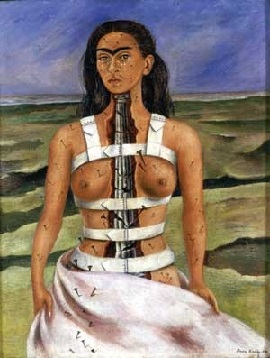
In spite of her erratic formal education in art, Kahlo had a remarkable eye, her taste was exquisite. She educated herself by looking and looking intensely at everything. She visually devoured things, in museums, in the market, in books and magazines. Her gift for discerning quality in the most unlikely places was enhanced by an exceptional ability to analyze the formal qualities of a given object. In content, Kahlo extensively explored her physical state in her art, documenting the challenges her body faced. When she found it too difficult to confront her reflection, she turned to still-life painting. Her public self-portraits tend to mask the emotions she allows to surface in her private diary. Here her fears and passions are disclosed in paint. The final entry in her diary demonstrates Kahlo’s extraordinary ability to face the worst with singular determination and uncompromising realism.15
“I hope the exit is joyful-and I hope never to come back” -Frida Kahlo16
- Anne Commire, Women in World History: A Biographical Encyclopedia (Detroit, MI: Gale, 2002), 415. ↵
- Anne Commire, Women in World History: A Biographical Encyclopedia (Detroit, MI: Gale, 2002), 415. ↵
- Lario Albarran, Owning Frida Kahlo (Atlanta, GA: Emory 2021), 632, 634. ↵
- Anne Commire, Women in World History: A Biographical Encyclopedia (Detroit, MI: Gale, 2002), 416. ↵
- Lario Albarran, Owning Frida Kahlo (Atlanta, GA: Emory 2021), 633. ↵
- Sarah Lowe, Frida Kahlo (Colombia: Columbia University, 1995), 121. ↵
- Sarah Lowe, Frida Kahlo (New York: Universe Publishing, 1991), 19, 26, 30. ↵
- Sarah Lowe, Frida Kahlo (New York: Universe Publishing, 1991), 20. ↵
- Anne Commire, Women in World History: A Biographical Encyclopedia (Detroit, MI: Gale, 2002), 416. ↵
- Sarah Lowe, Frida Kahlo (New York: Universe Publishing, 1991), 23-24. ↵
- Sarah Lowe, Frida Kahlo (New York: Universe Publishing, 1991), 24 ↵
- Sarah Lowe, Frida Kahlo (New York: Universe Publishing, 1991), 25. ↵
- Gannit Ankori, Frida Kahlo (London, U.K: Reaktion Books, Limited, 2013), 150. ↵
- Sarah Lowe, Frida Kahlo (New York: Universe Publishing,1991), 26, 34. ↵
- Sarah Lowe, Frida Kahlo (New York: Universe Publishing, 1991), 29-30. ↵
- Sarah Lowe, Frida Kahlo (New York: Universe Publishing, 1991), 30. ↵
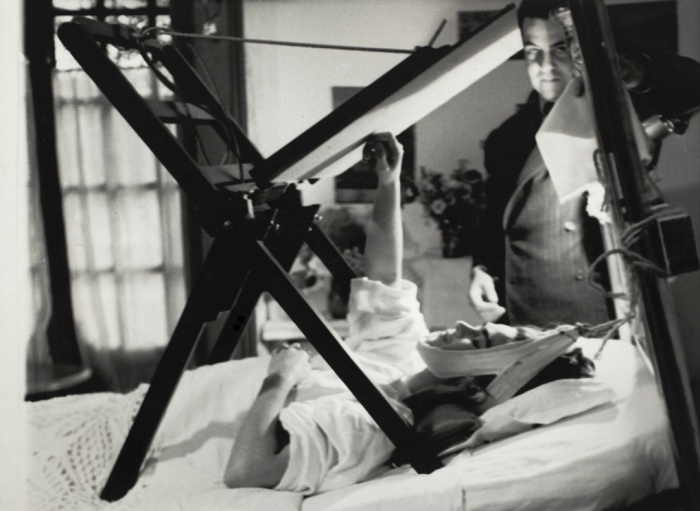

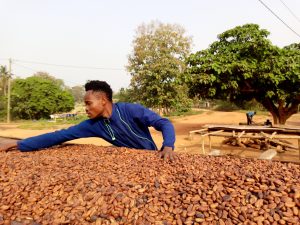

8 comments
Natalia De La Garza
Hello! Your information is fantastic—so detailed and well-researched. I really appreciate how thoroughly you’ve captured Frida Kahlo’s journey, her struggles, and her impact on art and culture. It’s insightful and engaging great work!
Maria Fernanda Guerrero
I enjoyed reading your article. Frida Kahlo was a brilliant artist and her story makes her art even going profound. This past December, I went to Frida Kahlo’s Museum in Mexico City. I was able to tour Frida’s house,visited her art studio, and saw her infamous bed where she created many self portraits. She is a role model to many through her resilience despite her disability. Great article!
Leaya Valdez
Very well done article! As someone who studied Kahlo’s work in my art classes in highschool i find it very interesting to fully understand the impact she left on the art community and Mexican culture as a whole. I really enjoyed reading about all the achievements she did in her life that were really big at for the time period.
Jonathan Flores
This article was very well done and very interesting. I do not know how I have gone my full life without knowing that Frida Kahlo suffered an injury when she was younger, but I think you did a great job at using this as a hook, and underlying theme for the article. In other words, I appreciated how the inclusion of her injury contributed to the overall development of her painting style, paralleling your development of ideas. In this way, this article is exceptional.
David Kamel
Changed my life
sacero
Your reflection on Frida Kahlo’s life and art is truly inspiring. Your words beautifully capture the essence of her journey, highlighting her resilience, creativity, and profound impact on the art world. Thank you for sharing your heartfelt admiration for Kahlo’s legacy. Keep shining bright, Monse. Your passion for art is truly inspiring. Good job Monse.
Clarissa Nuñez
Great article Montse, congrats! <3
victor
Excellent development and very illustrative in good time Montserrat.